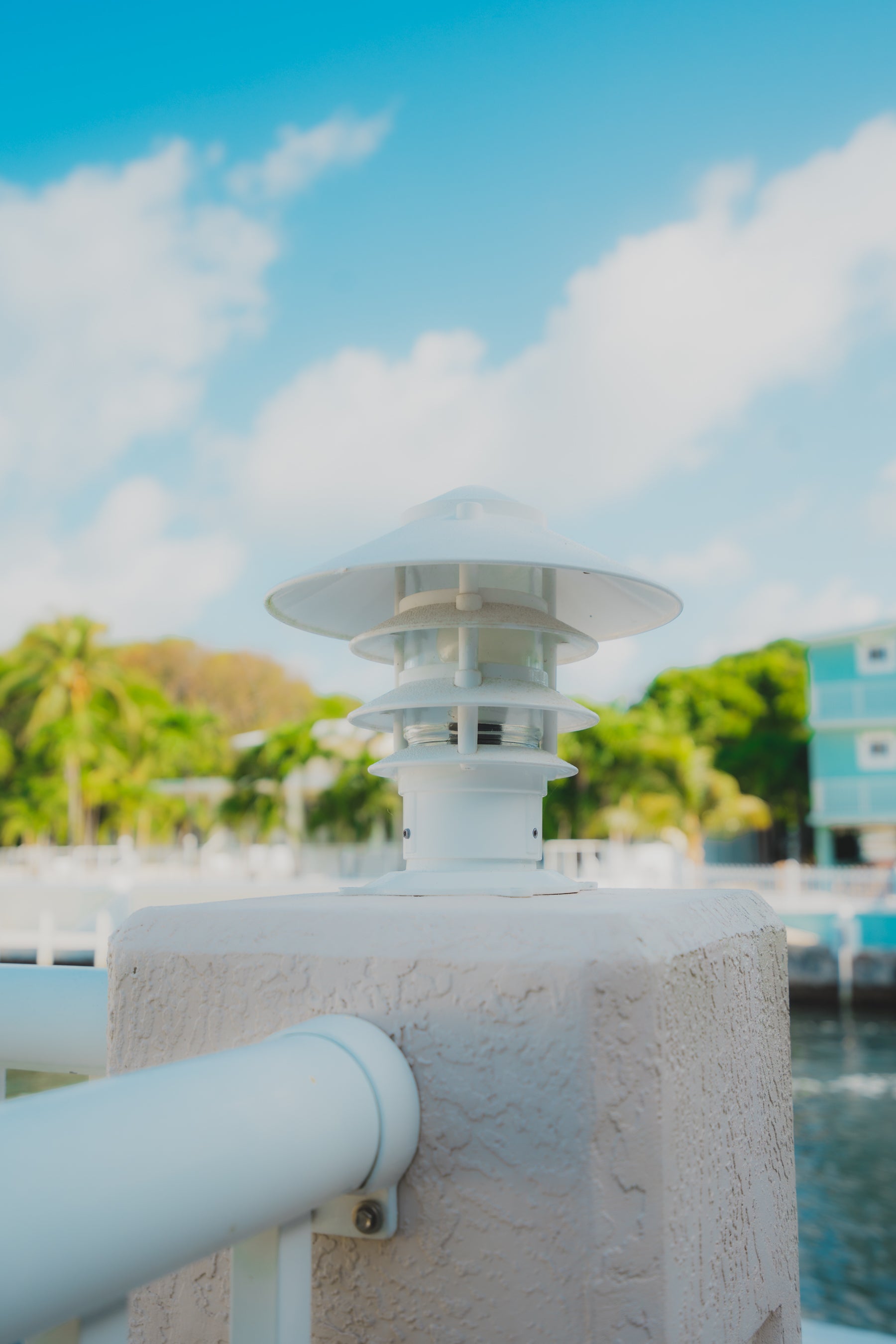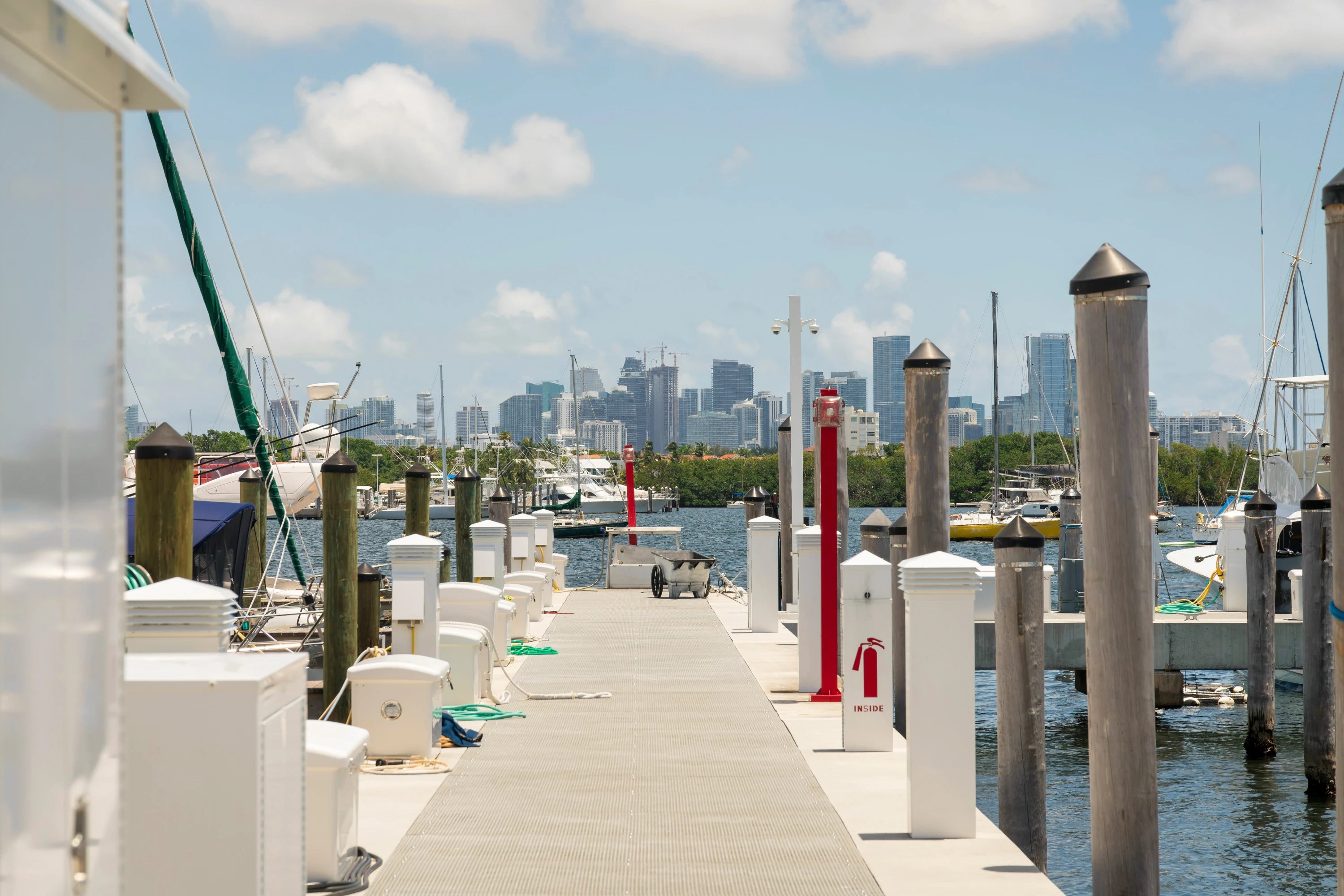
How to Stabilize a Floating Dock: 6 Methods
Share
Although they’ve been around since the 90s, floating docks are growing in popularity due to their durability and configurability. Today, even coast guards and naval establishments worldwide use floating docks for their docking systems instead of stationary docks.
However, with plastics and light metals in floating dock systems, it’s essential to maintain their stability. Essentially, a floating dock is a lightweight mass of plastic or aluminum that the current can sweep away at any time. Both plastic and aluminum docks are buoyant, meaning the water’s current can completely control them without notice.
Thus, from a floating dock stabilizer kit to pilings and weights, let’s explore six methods for how to stabilize a floating dock.
Use a Floating Dock Stabilizer Kit
One of the easiest ways to stabilize your dock is to use a stabilizing kit. A floating dock kit will have all the dock accessories you need to guarantee your mooring system is secure. This includes:
- An auger
- Brackets
- Connectors
- Fasteners
- Metal pilings
You won’t have to worry about needing other supplies or components when purchasing a stabilizer kit for your floating dock. Plus, many stabilizer kits are made for DIY installation.
To choose the right floating dock stabilizer kit, consider the following:
- Climate
- Currents
- Dock’s configuration
- Local regulations
- Users
- Water depth and fluctuation
- Waves
- Weather
If you’re unsure which floating dock stabilizer kit is best for you, ask a dock expert for advice.
Use Weights
To secure your boat docking system to the ground, you can place weights under the entire length of the system by hanging them on the sides of your dock. You may also put them at the end of the dock that extends into the water.
Yet, if you use weights, you want to ensure they aren’t so heavy that they pull the floater into the water. Instead, they should allow the dock to float on the water’s surface. But, simultaneously, they must be heavy enough to stop the dock from swaying in the water.
There are several different weights to choose from, but popular options are concrete blocks and metallic balls. You can also use adjustable chains to hold the weights for when the water level recedes.
If you choose to use weights, know that the installation process is not a DIY project and requires a professional. This is because the weights must be balanced on both sides to prevent damage to your floating dock.
Fit a Roof to Weight It Down
If the river or lake bottom is too deep, it may be challenging to stabilize your dock from below. Thus, your next best option would be to add weight to the top of your dock.
Adding a roof or any other structure on top provides the extra weight your mooring system needs to prevent it from floating away. Plus, a roof will create shade for those hot months.
If you decide to add a roof to your floating boat dock, understand that the cost will be higher than other stabilization methods. However, you’ll also be creating more usable space on the boat dock, which raises your property’s value in the long run.
Attach to the Shore
Another way to prevent your floating boat dock from washing away or changing position is to anchor it to the land. You can create this dock anchor with wood planks or metal pillars.
If you choose wood planks, ensure they are well-treated so they don’t quickly succumb to rot.
If you choose metal pillars, choose a heavy-duty, non-rusting metal to prevent corrosion. Galvanized steel coated in zinc is best for freshwater, while stainless steel is ideal for saltwater. You should follow this rule for all your metal dock parts, including:
- Cleats
- Dock hinges
- Fasteners
Fit a Gangway
A dock gangway is a solid walking plank, similar to a ramp that you add to the floating dock. It connects the dock to the land.
If you imagine how passengers board a luxury yacht or cruise ship, a gangway will come to mind.
Gangways are great anchoring systems when mooring away from shore to reach a specific water depth. They are usually made of heavy-duty metal or wood. The weight keeps your dock system fixed in one place. There is hardly any movement.
Gangways aren’t only great for dock stabilization. They also act as a safety measure by preventing people from falling into the water.
Use Pilings
Pilings are yet another standard method for stabilizing floating dock systems. Pilings are anchor poles that you hammer into the sea, lake, or riverbed. You can make a piling bed using wood planks or metal structures. You bury them deep into the seafloor before attaching your dock on top of it.
You can extend wood piles to the water’s surface and place barriers on your dock’s sides if necessary. Using this method, you may not even need to anchor your floating dock to the land. Instead, secure the opposite end to the planks, and it’s ready for use.
This piling method is ideal for when the water level rises and fluctuates with the seasons. The dock will rise and fall with the water level.
Haven Dock & Marine: Your Source for Floating Dock Hardware & Accessories
Haven Dock and Marine has the heavy-duty hardware you need to build a stable and secure floating dock from the start—shop our online selection of floating dock hardware and accessories now!
If you still have questions about how to stabilize a floating dock or which method is suitable for you, find your local Haven Dock dealer, and we’ll answer all your questions. We can also assist you with choosing the right floating dock stabilizer kit to ensure maximum stability.


